I became interested in automotive SEO after buying a new car and getting some repairs done on my old one at the same time. I found the dealerships and repair shops that helped me out, as well as the car that I bought, through Google.
If they hadn’t shown up when I was looking, I never would have known they existed. That got me thinking about how crucial search visibility really is for auto businesses.
This article isn’t just my take on automotive SEO. It’s been reviewed, enriched, and inspired by six experts with hands-on experience in this niche. Their insights helped me keep this guide grounded in real-world experience.
- Michelle Tansey, Founder, Red Queen Marketing
- Edward Bate, SEO Consultant, edwardbate.com
- Despina Gavoyannins, Senior SEO, Ahrefs
- José Luis Rivolta, SEO Director, Refindable
- Daniel Lofaso, CEO and Founder, Digital Elevator
- Harpreet Munjal, founder of LoudGrowth
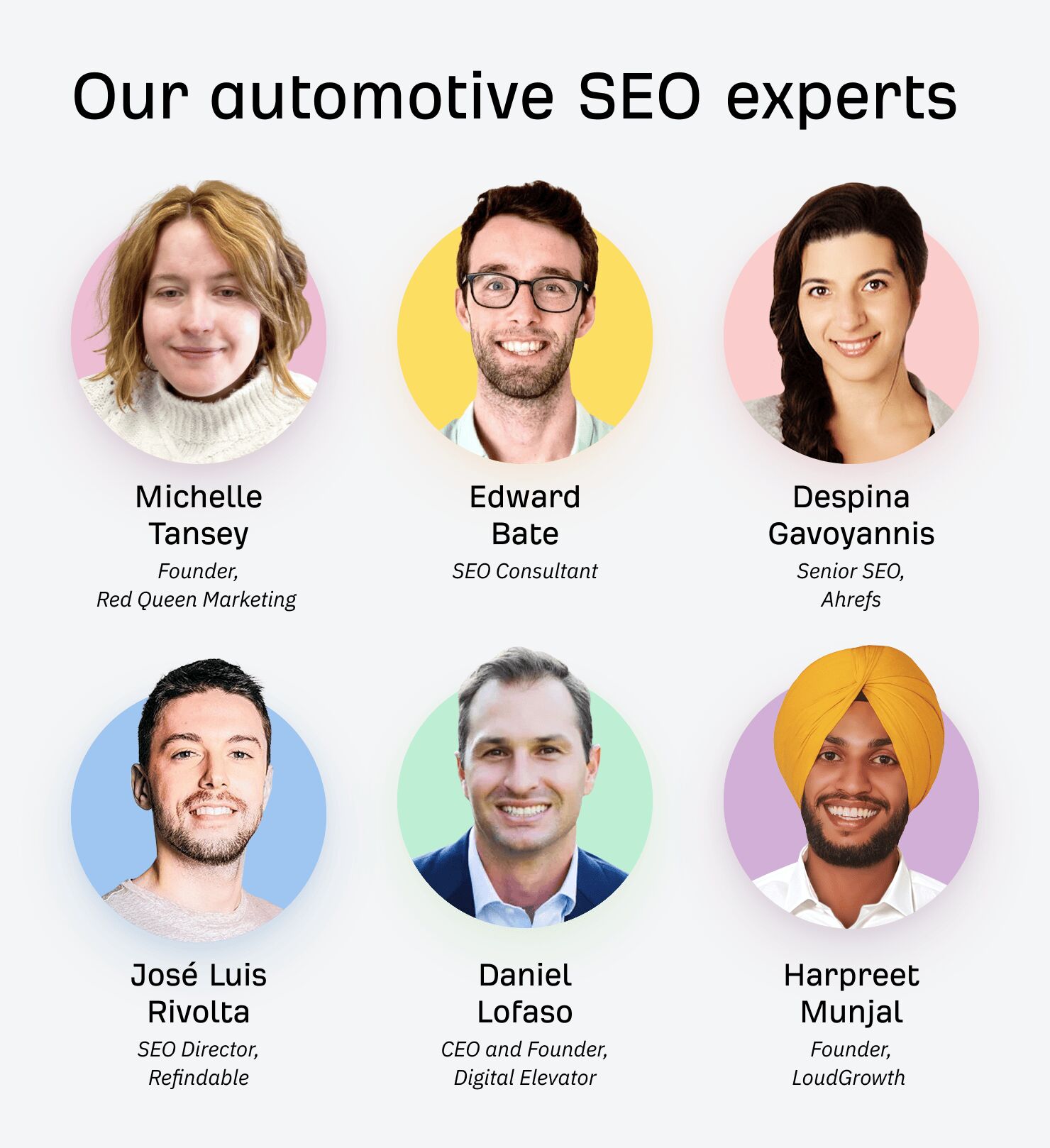
The automotive industry covers a lot of ground: dealerships, repair shops, auto parts sellers, manufacturers, and more. While I’ve focused on SEO tactics that apply universally across most automotive businesses, I’ll call out specific strategies where needed. If you’re looking for in-depth guidance tailored to your business type, I’ll point you to more focused resources along the way.
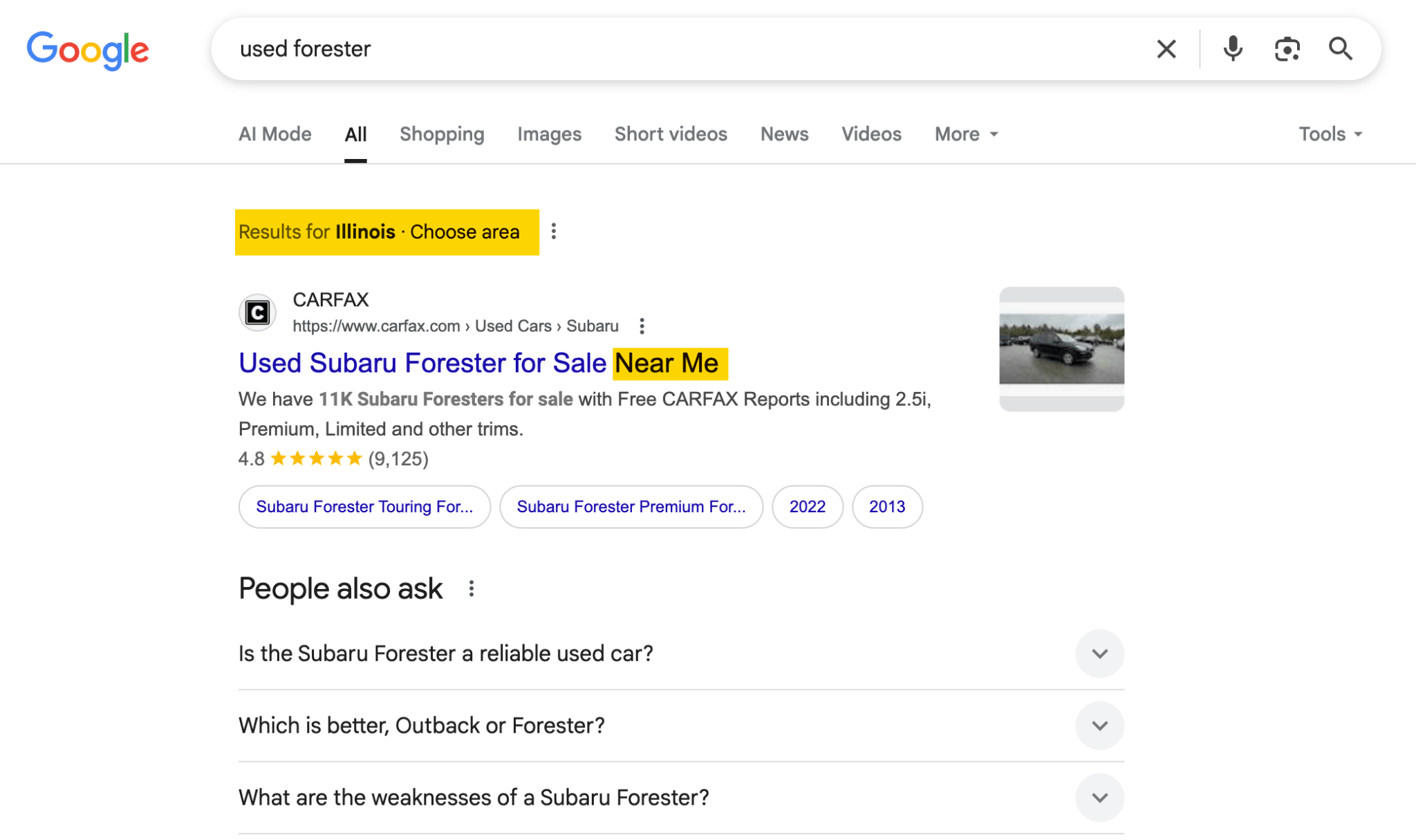
Give each location its own page and Google Business Profile
Google sees each of your locations as its own separate business, so each one needs to be optimized individually. That means creating a dedicated page for every location, complete with unique content, local reviews, contact details, and photos of that specific spot and team.
Take Christian Brothers Automotive, for example. They have dozens of locations, each with its own optimized landing page and Google Business Profile.
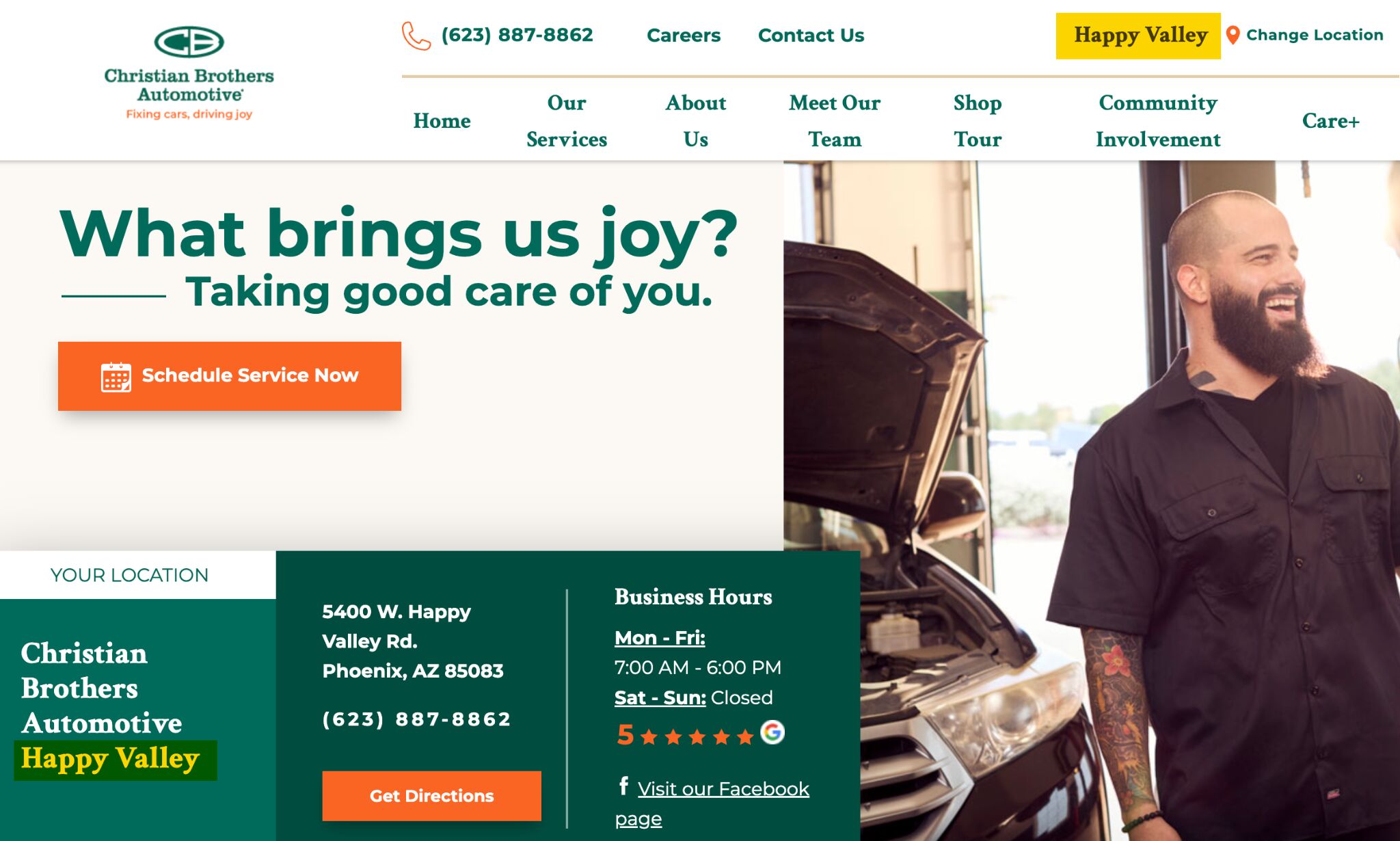
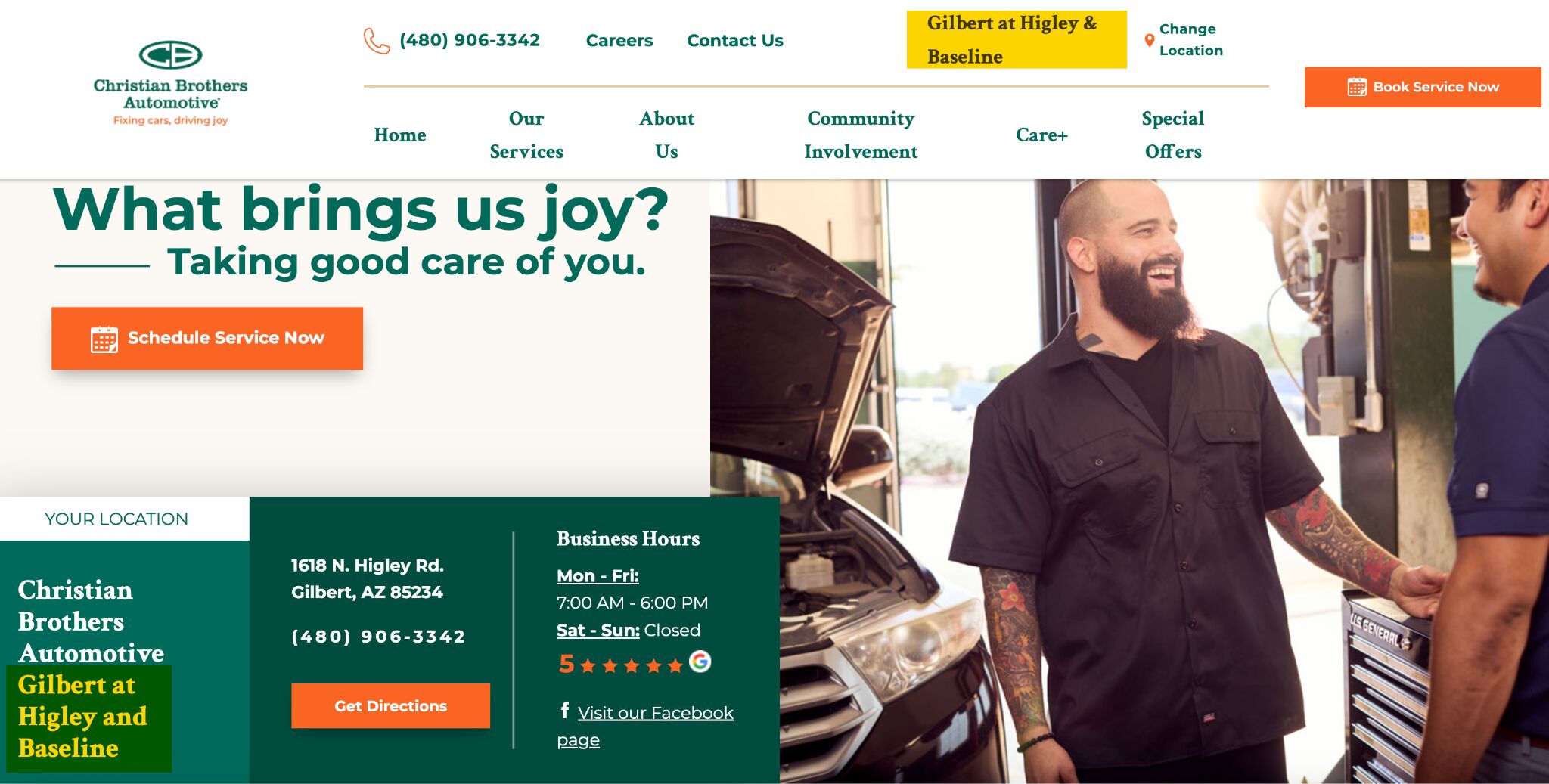
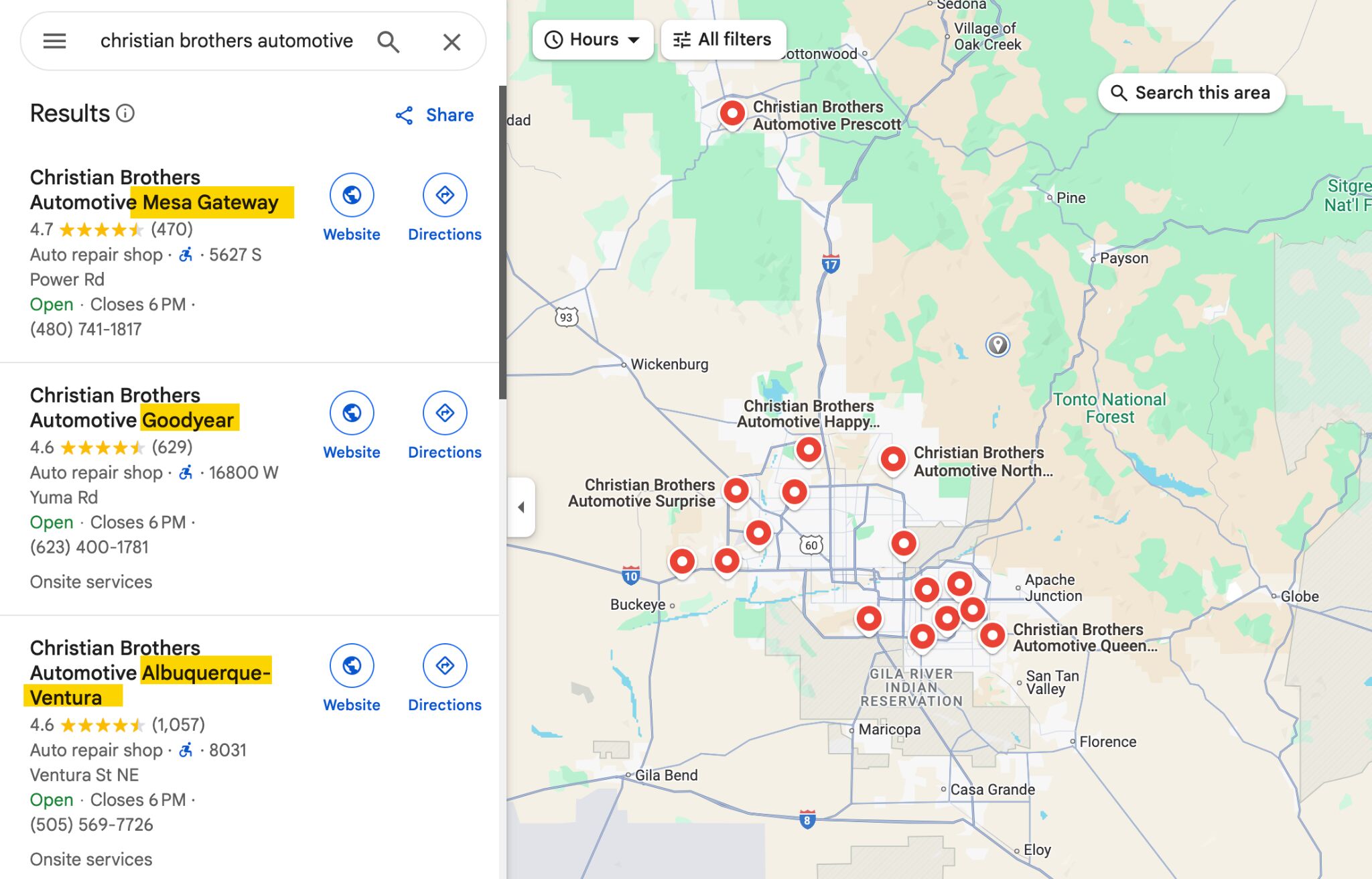
Get listed in directories and listing aggregators
Get listed in automotive directories like Edmunds and Cars.com, as well as general local directories like Yellow Pages and your Chamber of Commerce. Keep your branding and services consistent across these listings.
This has a direct and indirect benefit.
Direct benefit: referral traffic and lead generation. Many of these directories rank highly in search results themselves and are used by shoppers during the research phase. Being featured there can send highly qualified traffic your way.
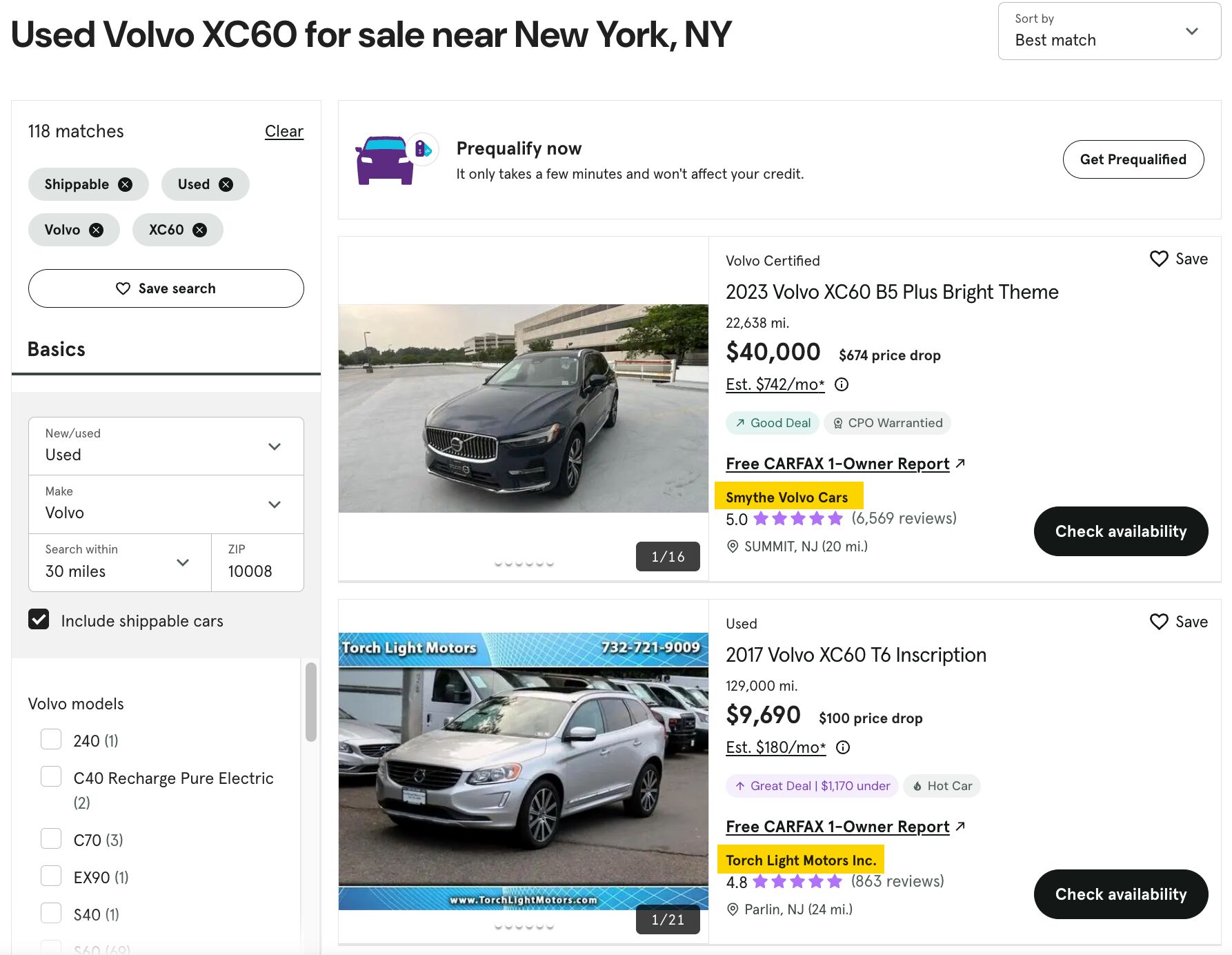
Indirect benefit: stronger local SEO signals. Google and other search engines rely on data from third-party sites to validate your business’s legitimacy and location (the so-called NAP citations). When your business details are accurate and consistent across multiple reputable sources, it strengthens your local ranking signals, especially in map pack and “near me” searches.
Further reading
Stay active on your Google Business profile
Regular updates to your Google Business Profile (new photos, responding to reviews, posting announcements) show Google and customers that you’re actively managing your business.
When the competition is tough, even small things, like regularly updating your Google Business Profile or responding to reviews, can be what sets you apart and helps customers choose you over others.
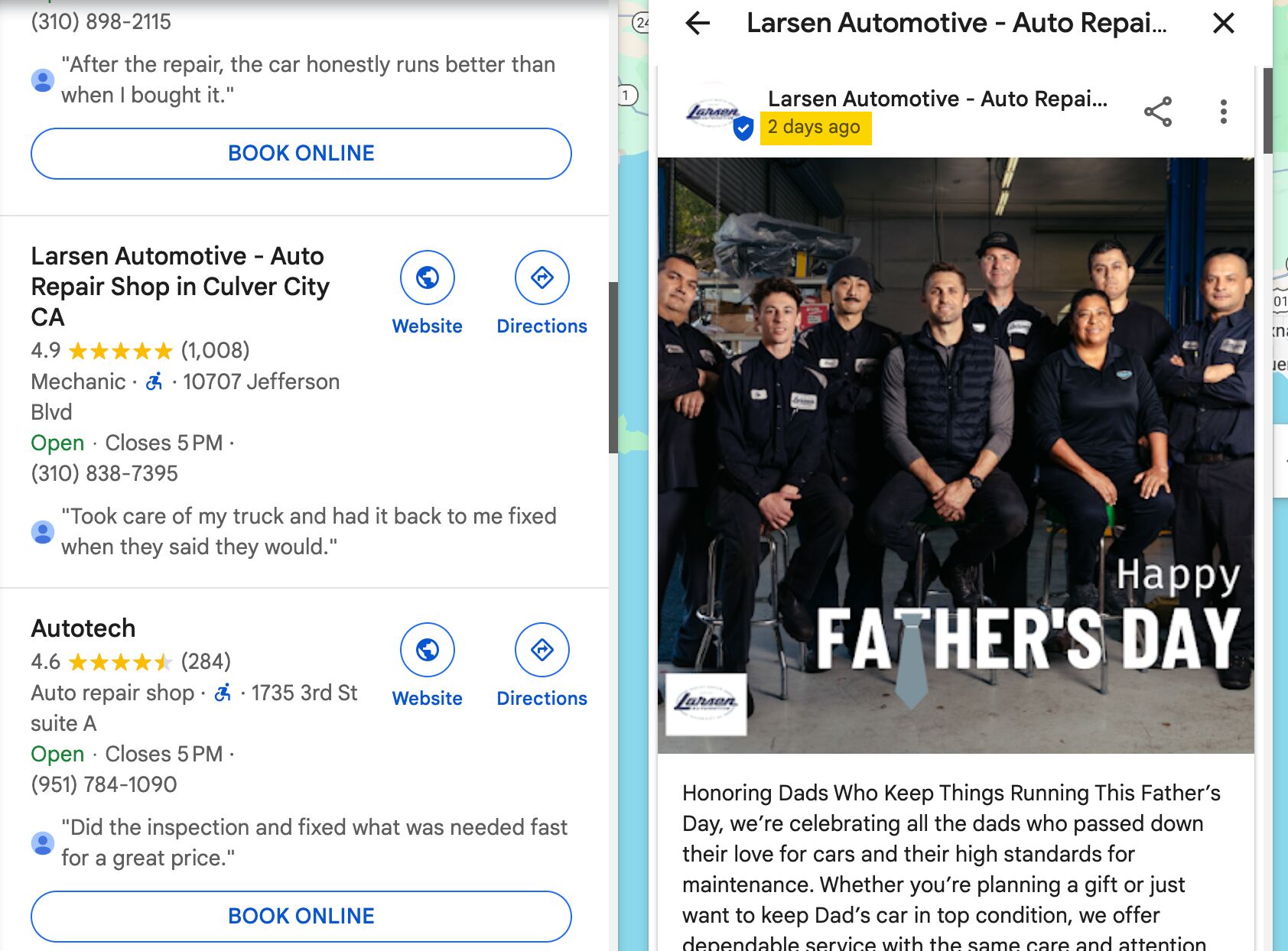
Set up inventory integration in Google Business Profile
If you’re a dealership, don’t miss out on Google’s free Vehicle Listings integration. This feature lets you push your current inventory directly into Google Business Profile, making your cars eligible to show up in local map results, the Shopping tab, and even within the “Cars for Sale” section on Google Search.
It’s one of the few industry-specific perks Google offers, and it’s completely free. Here’s the official guide you need to set this up.
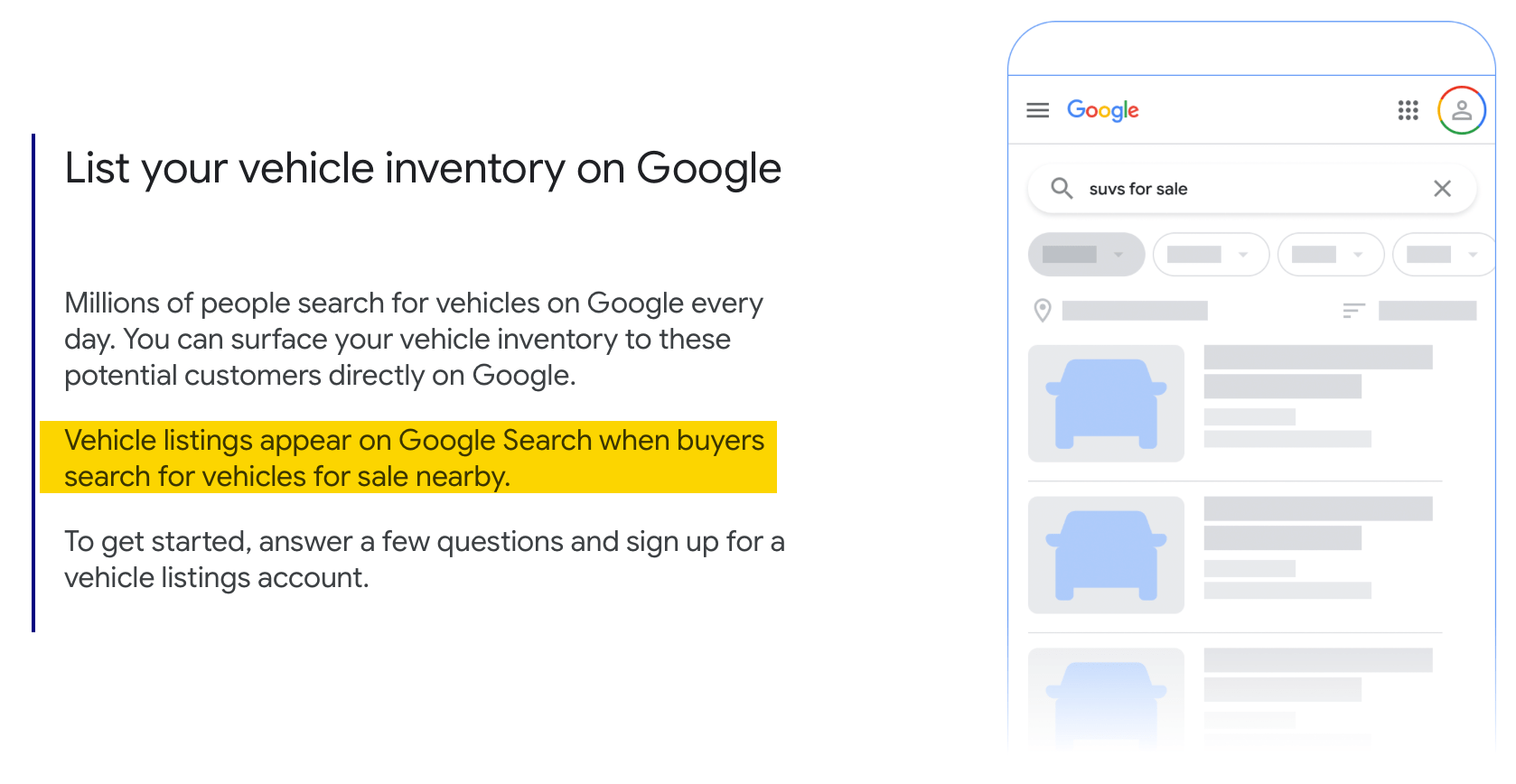
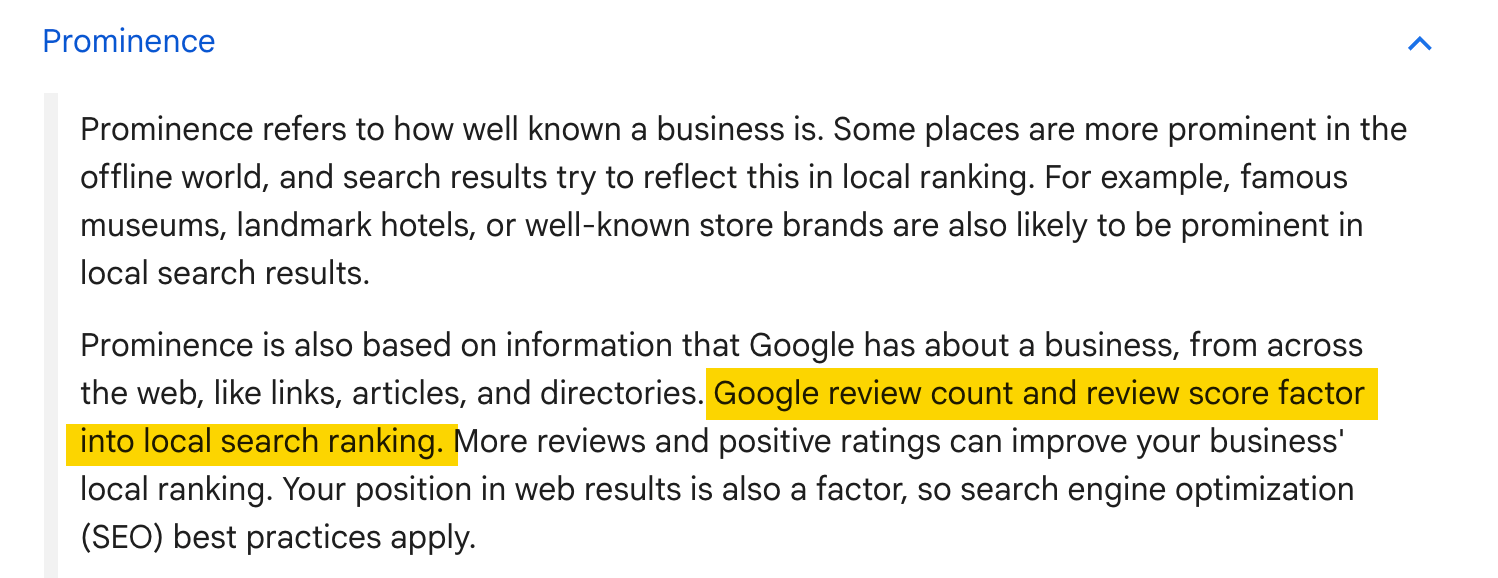
So here’s what you can do:
- Ask for reviews actively. Send review links via text, ask in person, or include it on thank-you pages.
- Respond to every single review. This shows you’re listening and builds trust.
- Monitor everything. Use tools like Birdeye to track reviews across all major platforms.
- Show off your good reviews. Social proof matters—highlight those stars!
- Go beyond reviews. Mention awards, certifications, sales stats, and success stories.
Further reading
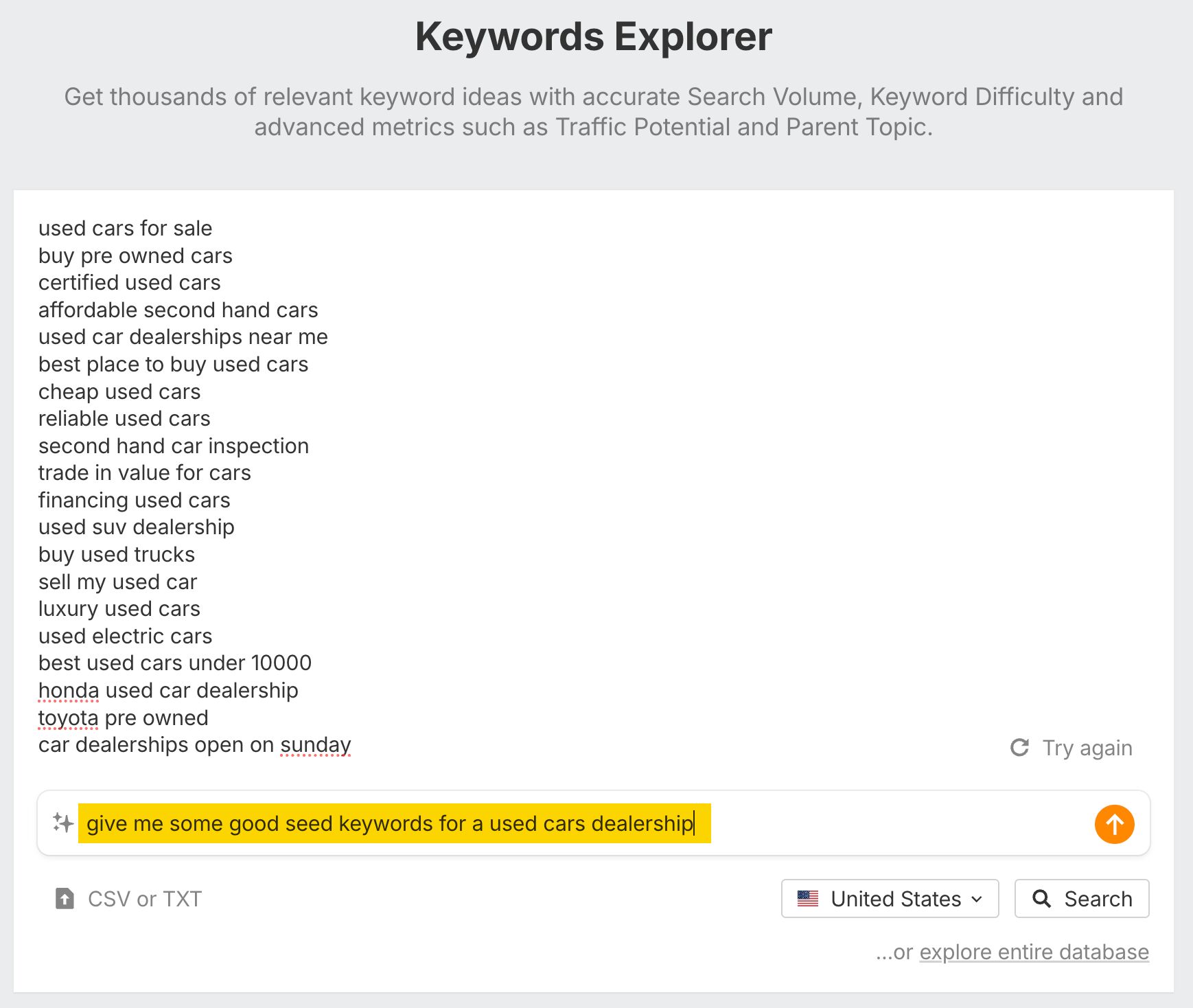
Then simply use one of the intent filters in the Matching terms report.
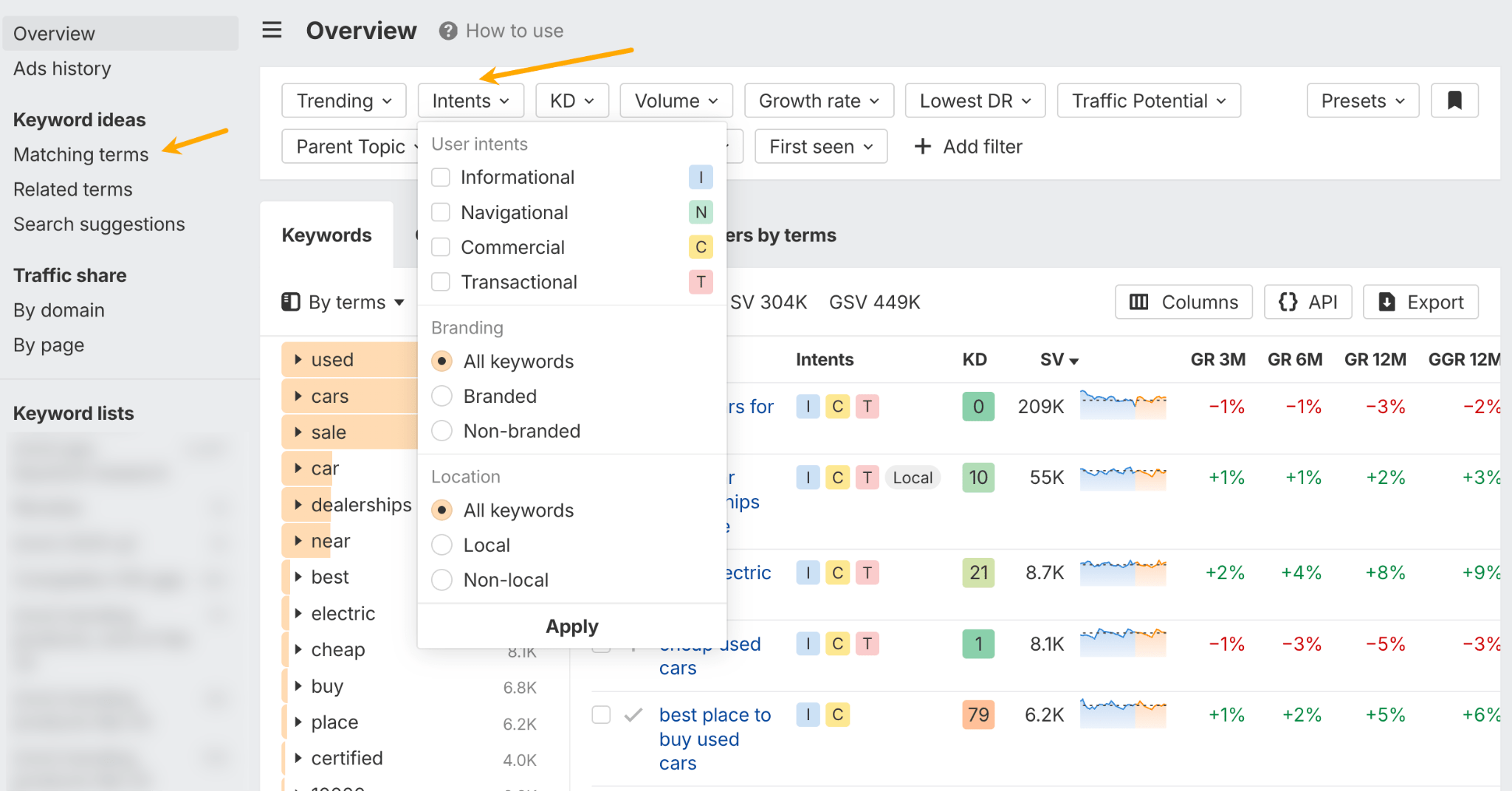
Commercial keywords
Commercial keywords capture people who are comparing options and making decisions. Ranking here helps you position your offerings as the better choice, even if they’re not yet ready to buy.
Examples:
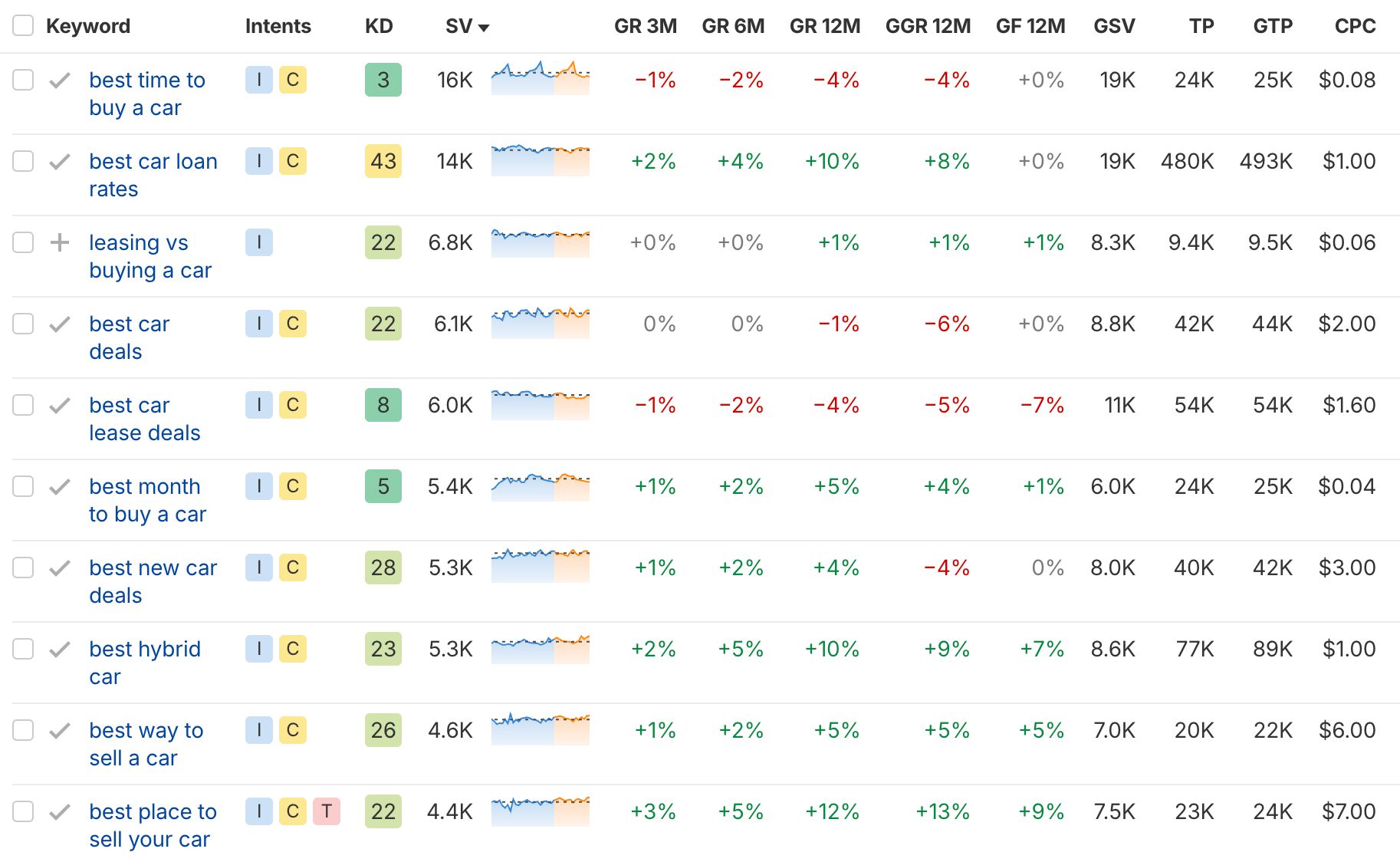
Transactional keywords
Transactional keywords are your conversion drivers. These are the high-intent searches from people ready to take action, whether that’s booking a test drive, scheduling a service, or calling your dealership.
Examples:
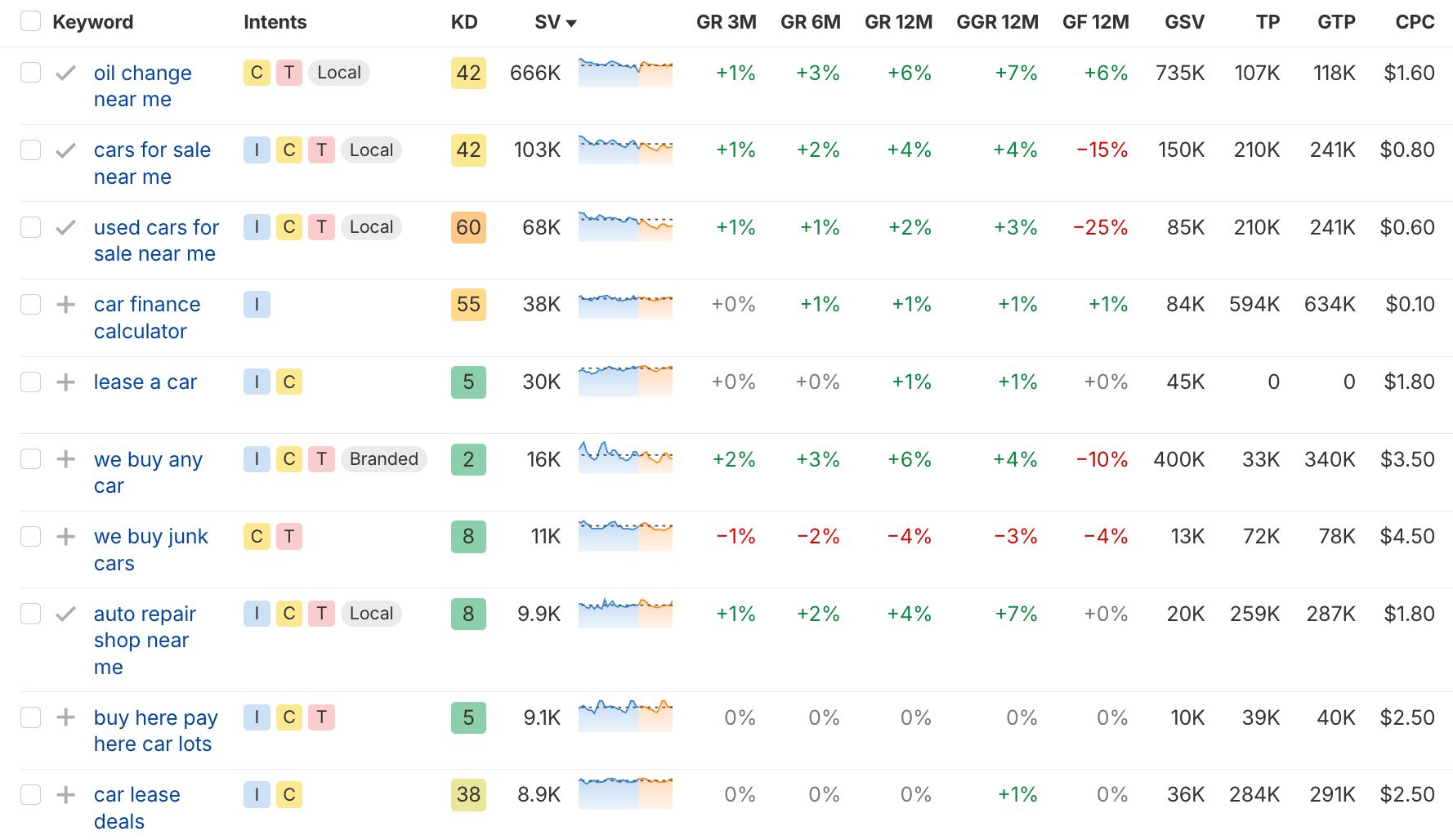
Informational keywords
Informational keywords attract early-stage searchers. They might not convert right away, but they build trust, brand awareness, and long-term visibility in your niche.
They’re also a smart way to expand your reach beyond your immediate area or build national awareness, since they usually address broader problems that apply everywhere. And because of that wide relevance, they have the potential to drive significant traffic to your site.

Examples:
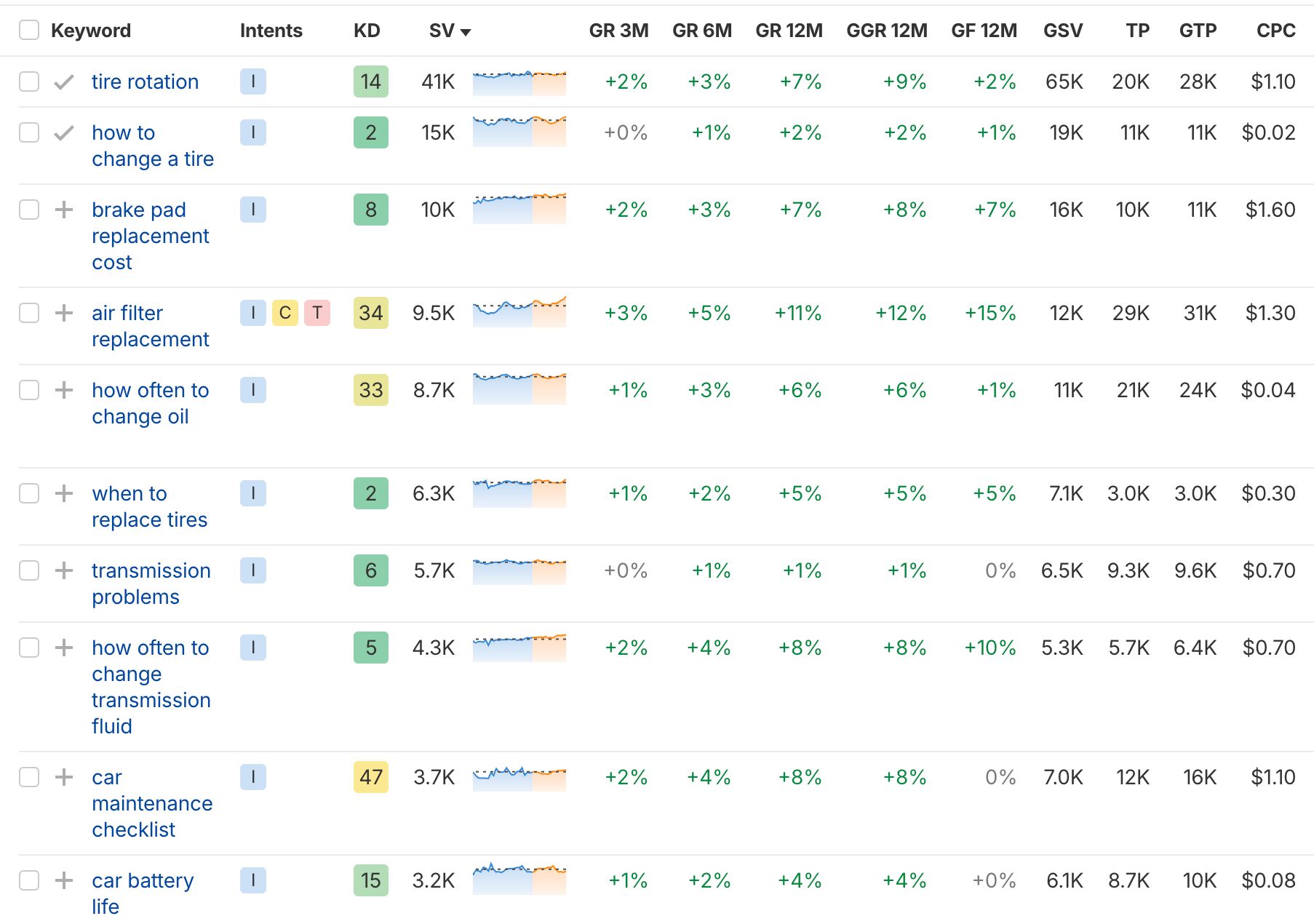
Local keywords
Local keywords are essential for showing up in map packs and nearby searches—especially important for dealers, service centers, and repair shops that serve specific geographic areas.
Besides using your keyword research tool, Michelle Tansey also suggested tapping into your team’s insights. Ask your staff what customers are often asking about or what tends to work well in your local area. Their firsthand experience can be a goldmine for content ideas.
Examples:
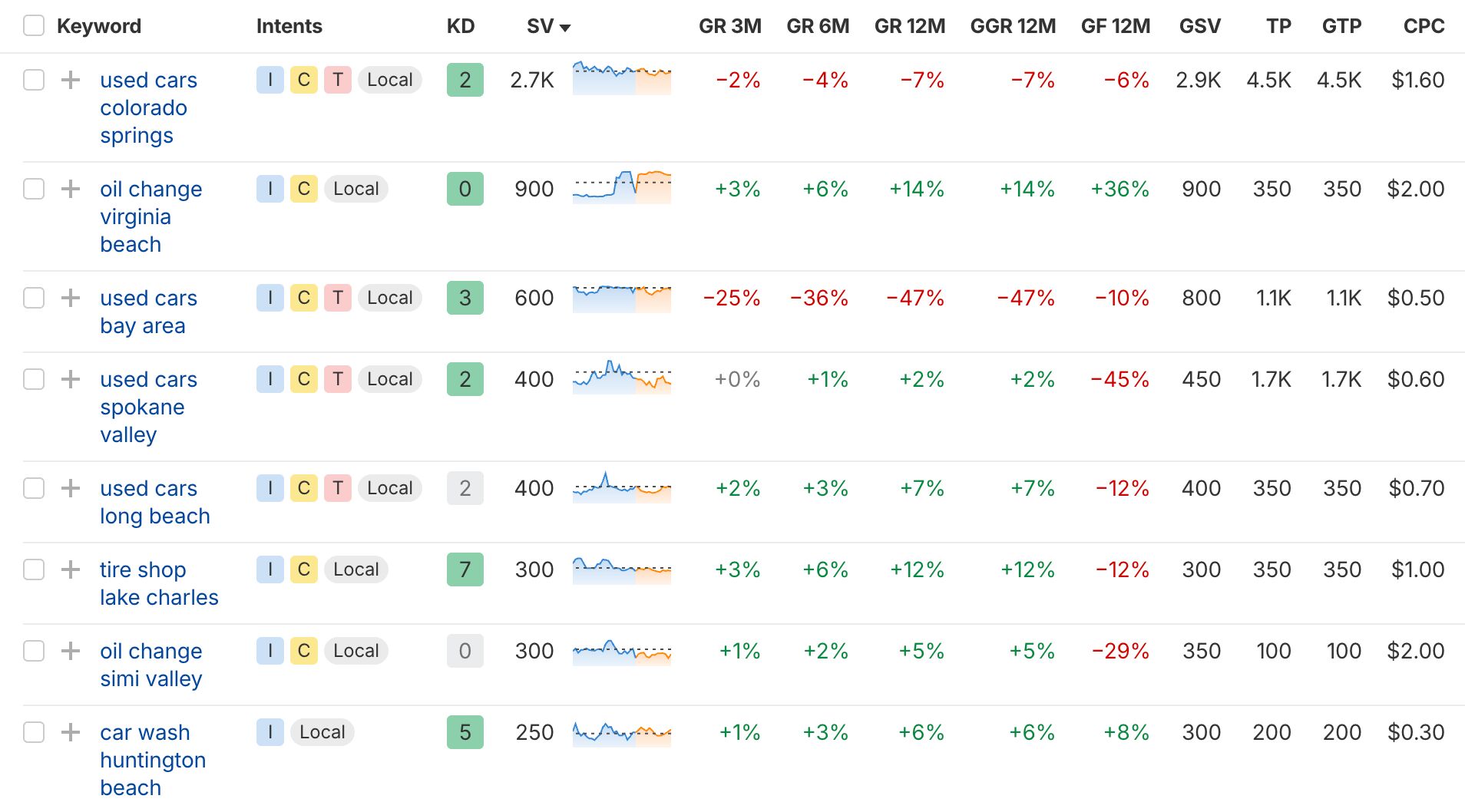
Tip
To prioritize which keywords to go after, balance these four factors:
- Search intent: Does the keyword match what you actually offer?
- Traffic potential: Will ranking for this keyword bring enough people to your site?
- Keyword difficulty: Can you realistically rank for it given your site’s current authority?
- Business potential: How likely is this keyword to drive real revenue for your business?
Further reading
Further reading
Service pages
These bring in high-margin, high-frequency traffic—brake repair, inspections, tire rotation, etc. Most visitors come with a clear intent to act.
Below is an example of repair shops ranking with optimized location pages.
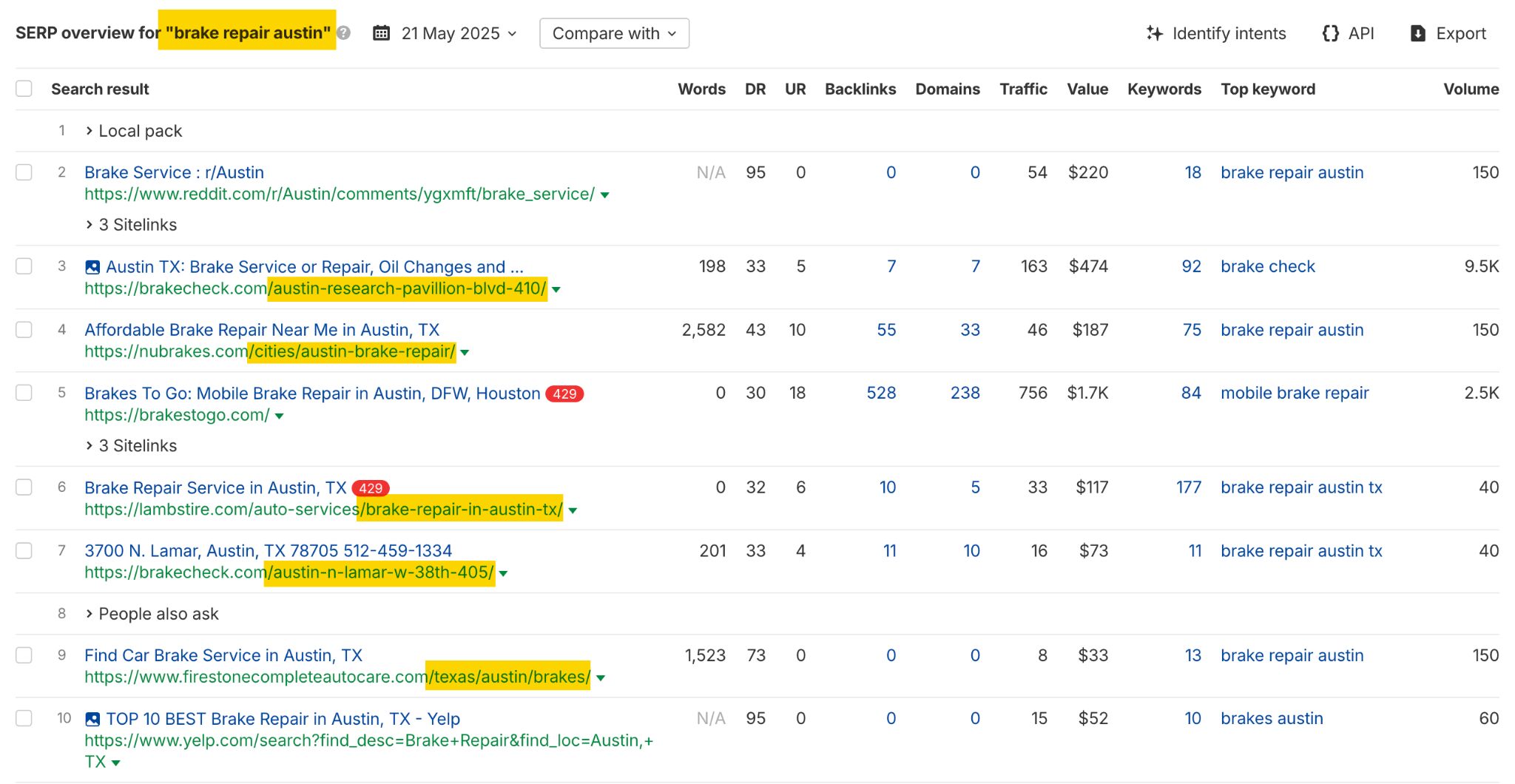
What to focus on:
- Create a dedicated page per service (e.g., “/services/brake-repair/”) and per location if relevant.
- Optimize for “service + city” queries like “oil change Austin”.
- Add trust signals: certifications, team bios, photos of your actual work, and pricing, if possible.
- Use FAQs, testimonials, and visual content to increase conversions.
Location pages
This is where local SEO and trust-building collide. Done right, these pages help you rank for “Toyota dealer [city]” and convert cold traffic into walk-ins or leads.
Here’s a great example by Sheen group: a landing page listing all locations and a dedicated landing page for each location.
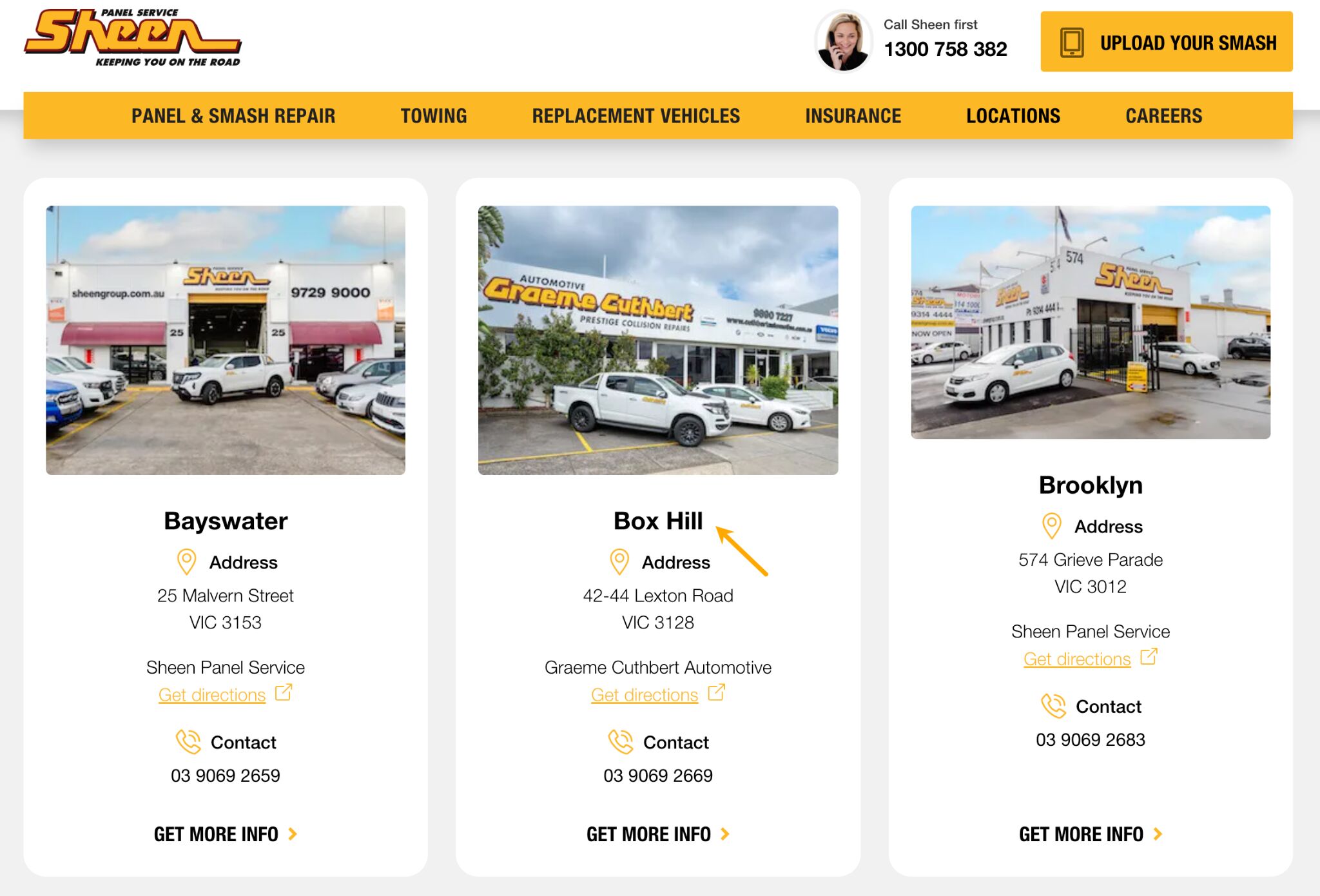
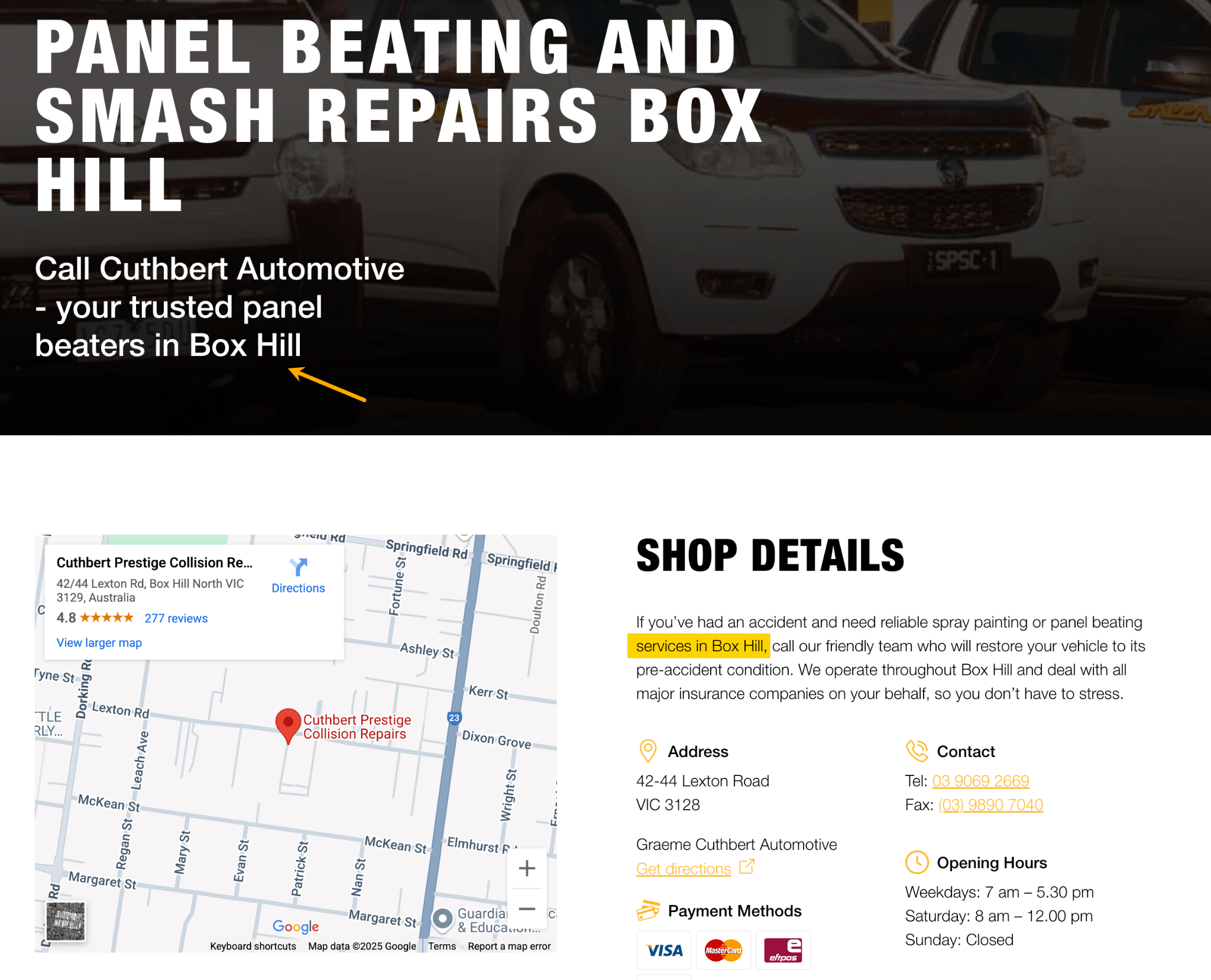
What to focus on:
- Use localized URLs and H1s: /locations/san-diego/ + “Used Cars in San Diego | Open 7 Days a Week”.
- Include real photos of the dealership, staff, and signage—avoid stock images.
- Add a map, driving directions, reviews, parking info, and hours.
- Link to the inventory and services available at that location.
- Display social proof: embedded reviews, certifications, and local awards.
Further reading
Ahrefs gives you an overall Health Score, showing how many pages on your site have serious issues—these are called errors. If you click on the error count, you’ll see exactly what the problems are, which pages are affected, and get tips on how to fix them.
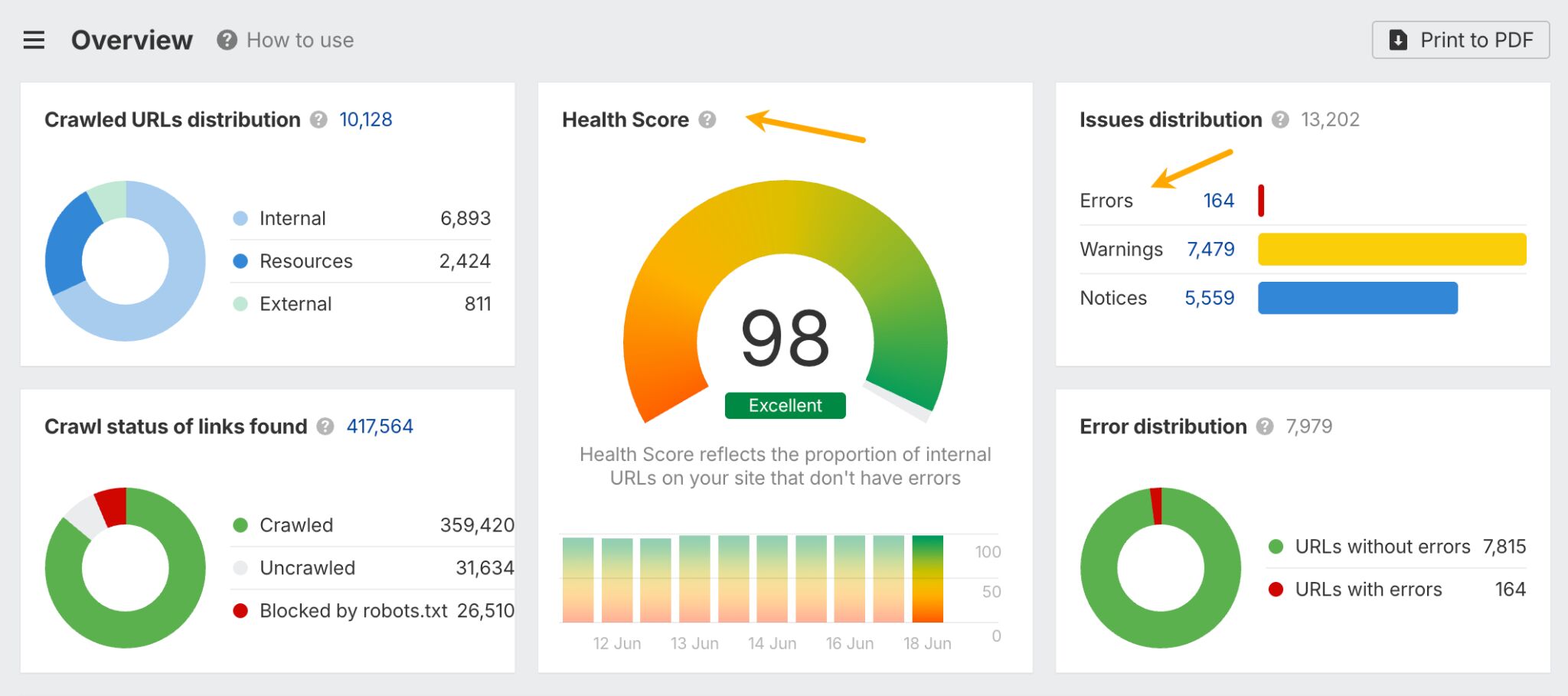
You don’t need to be a tech expert to handle most of these. Site audit tools will flag the most common issues that hurt your rankings, like:
- Broken pages. They return errors when people click on them.
- Slow page speed (especially on mobile).
- Missing page titles. Help Google and searchers understand your content.
- Duplicate pages. Google doesn’t like seeing the same content in multiple places.
- Pages that aren’t linked to. If nothing points to a page, Google might never find it.
- Mobile usability problems. If your site is hard to use on a phone, that’s a problem.
Once you fix what’s broken, this becomes a simple maintenance task. Site Audit performs regular checks on autopilot. Bigger sites with ecommerce inventory could benefit from an always-on audit that scans 24/7.
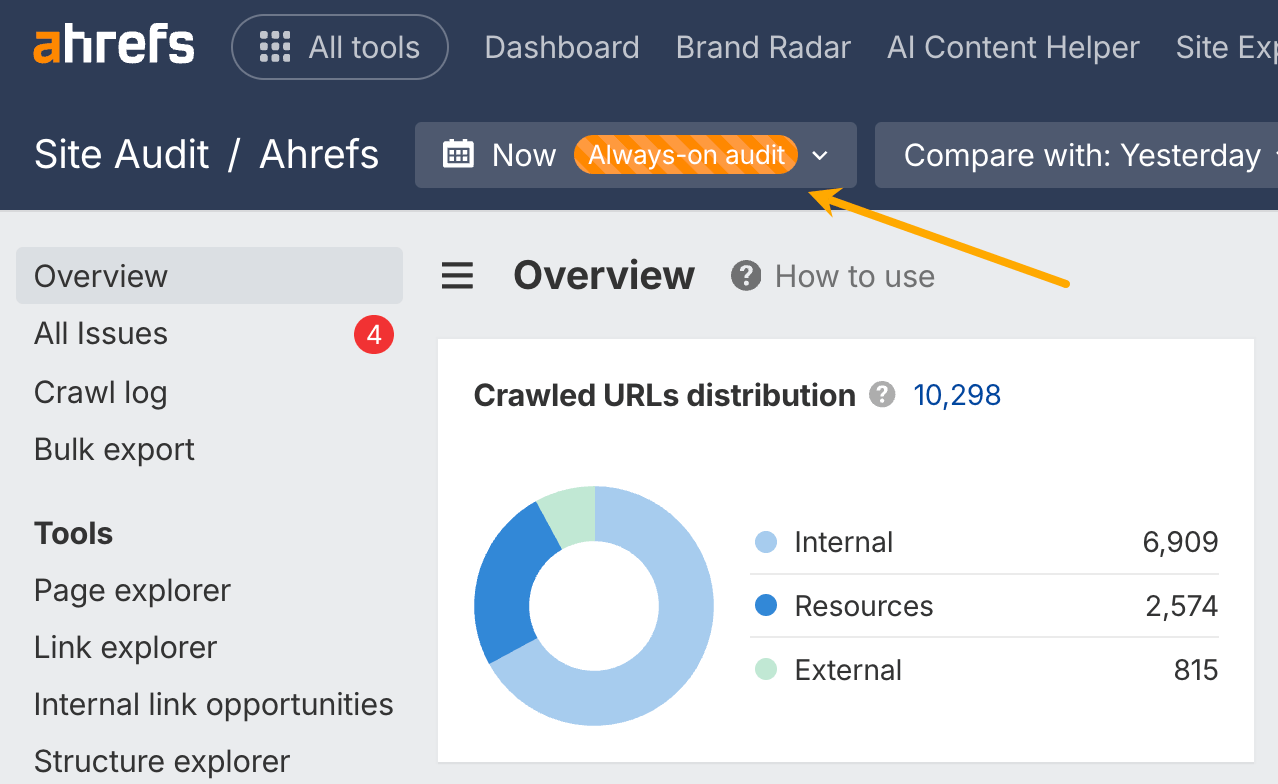
By the way, you’ll also get email alerts after each scan, so you don’t really need to remember to open the tool and check.
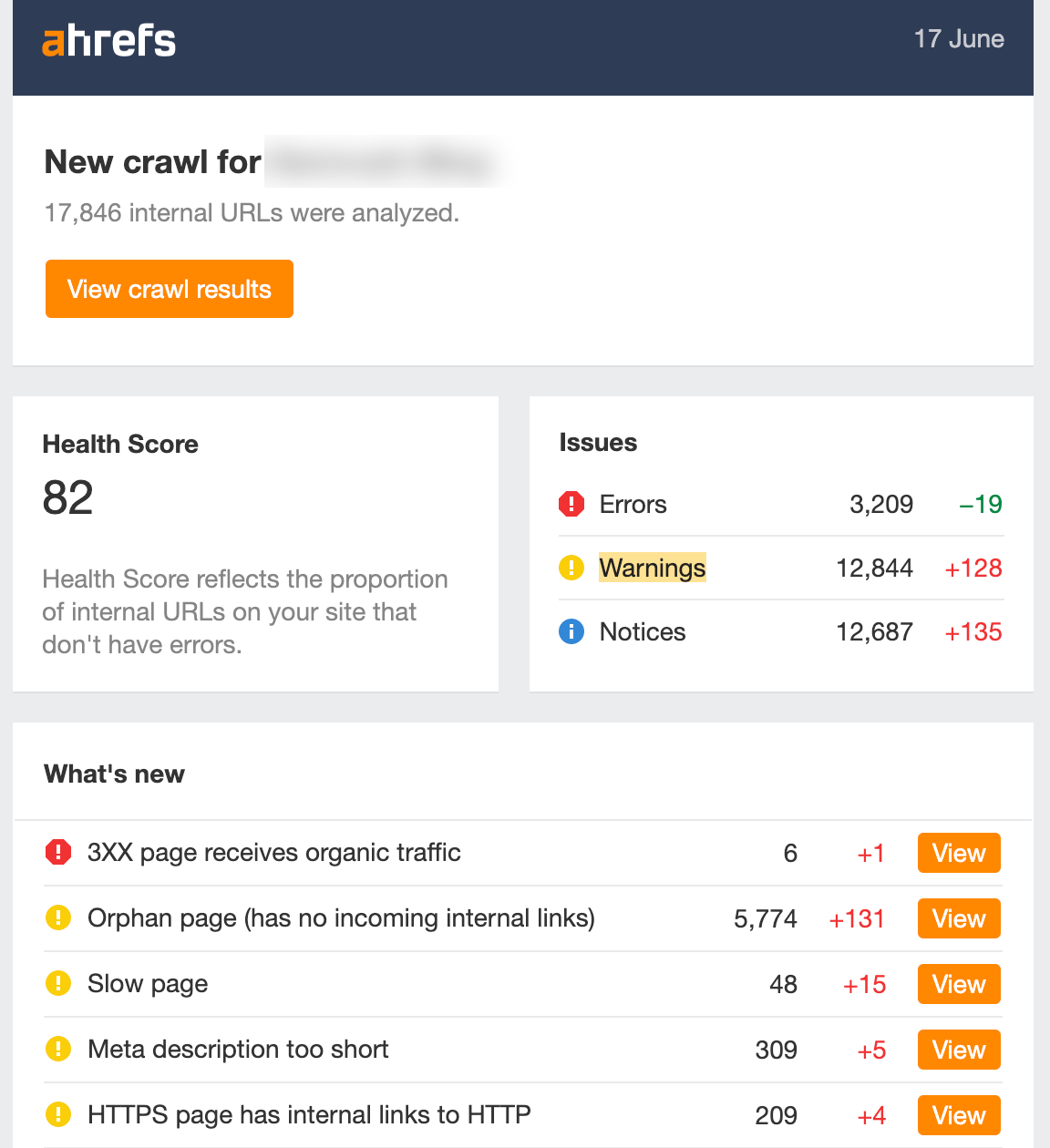
Further reading
And if you work for an agency, you can set up a report that updates on autopilot for each of your clients using Ahrefs’ Report Builder.
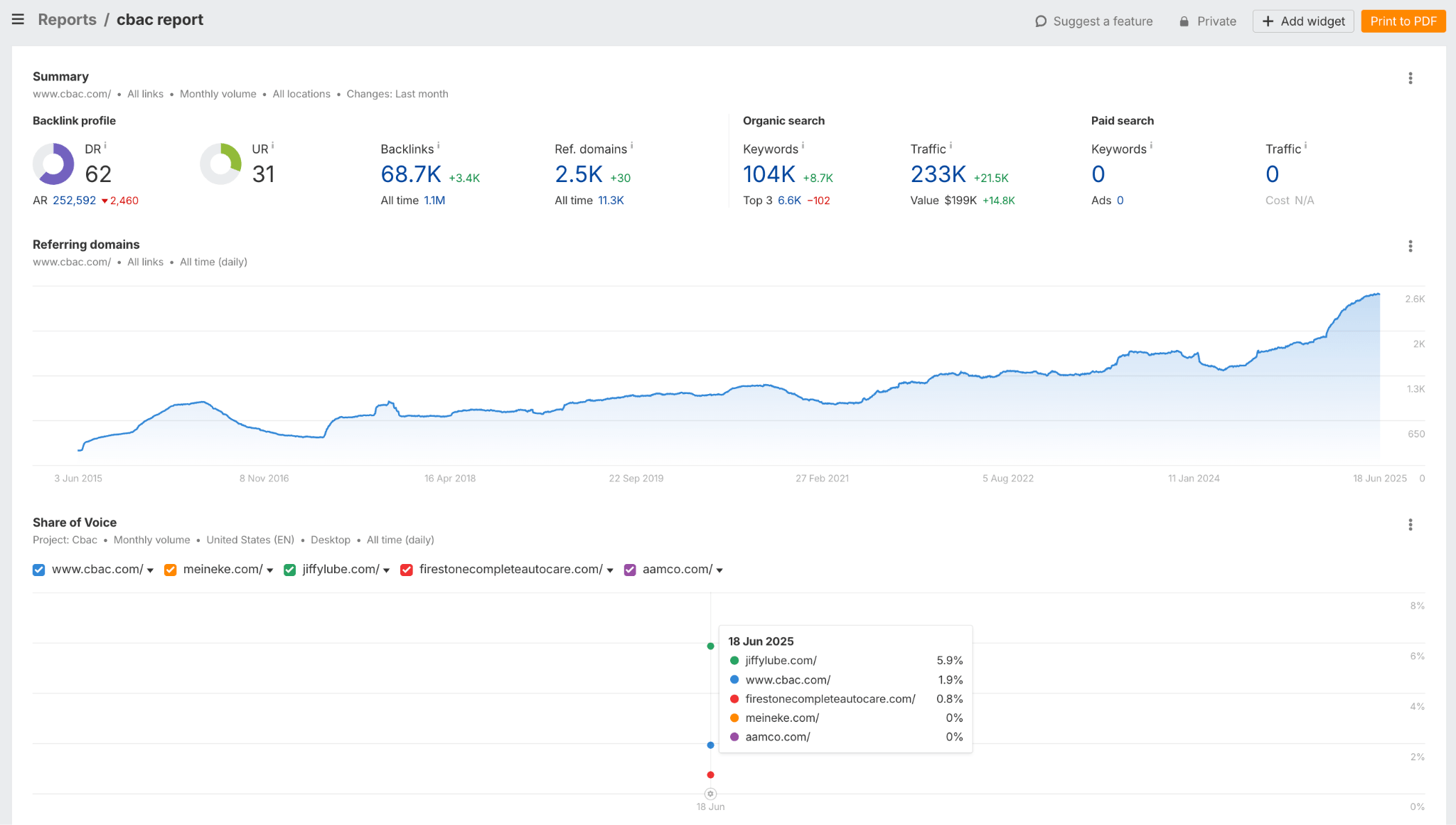
Final thoughts
My colleague Despina made me realize that ranking on Google is still important, but it’s not the only thing that matters anymore. People want real, honest opinions—from Reddit threads to TikTok videos (don’t miss our new TikTok SEO guide), forum discussions, YouTube reviews, and even AI tools like ChatGPT.
I’ve done it myself. It’s not that Google didn’t have answers—it had too many. So, I turned to ChatGPT and Gemini to help compare car sizes, safety ratings, reliability, warranty nitty gritty details and even wait time for spare parts on imported brands before I made the final decision.
The point is: real buying decisions are happening everywhere, not just on search engines. SEO is still the base, but if you want to stand out, your brand needs to show up wherever people are searching, scrolling, and asking for advice. In other words, your next move is “search everywhere optimization”.
Got questions or comments? Let me know on LinkedIn.
Similar Posts
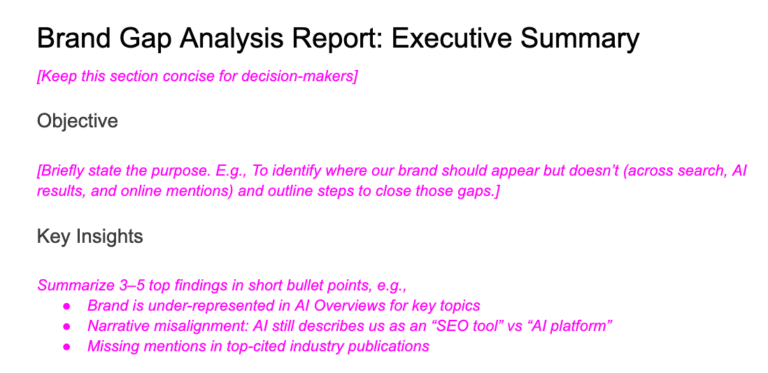
Brand Gap Analysis: Find Out Why You’re Invisible in AI Search
Your brand presence shouldn’t depend on luck, algorithms, or guesswork. It should be built and improved with precision so you show up in all the places that matter, exactly as you want to be represented. That’s what a brand gap analysis enables. It also turns brand visibility from a vague concept into something measurable and…
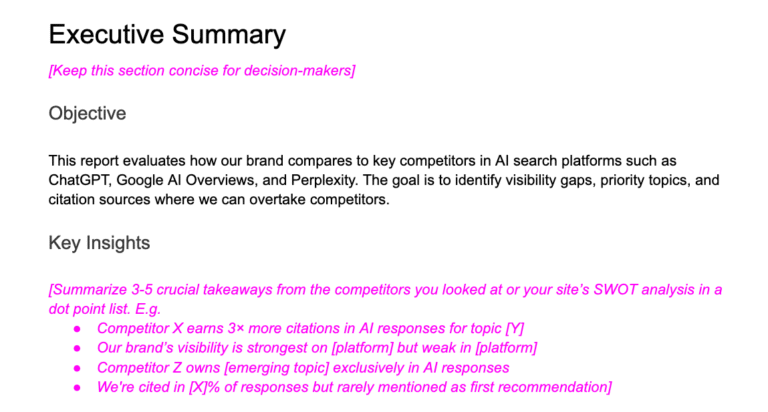
How to Compare Your AI Visibility Against Your Competitors
If a competitor is mentioned more often, cited more frequently, or framed more favorably in AI answers, they win attention and trust before searchers even know you exist. This guide shows you how to run an AI search competitor analysis that reveals: Which brands in your industry dominate AI search today Where your competitors earn visibility,…
Adopt a Document: Sponsor Drupal CMS Documentation
[embedded content] This week, at DrupalCon Barcelona 2024, Drupal project founder Dries Buytaert announced a new sponsorship program for Drupal CMS documentation. Drupal CMS is the official name for Drupal Starshot, a new no-code CMS product for non-technical users being built on top of Drupal core. At Drupalize.Me, we’ve been talking with Dries and folks…
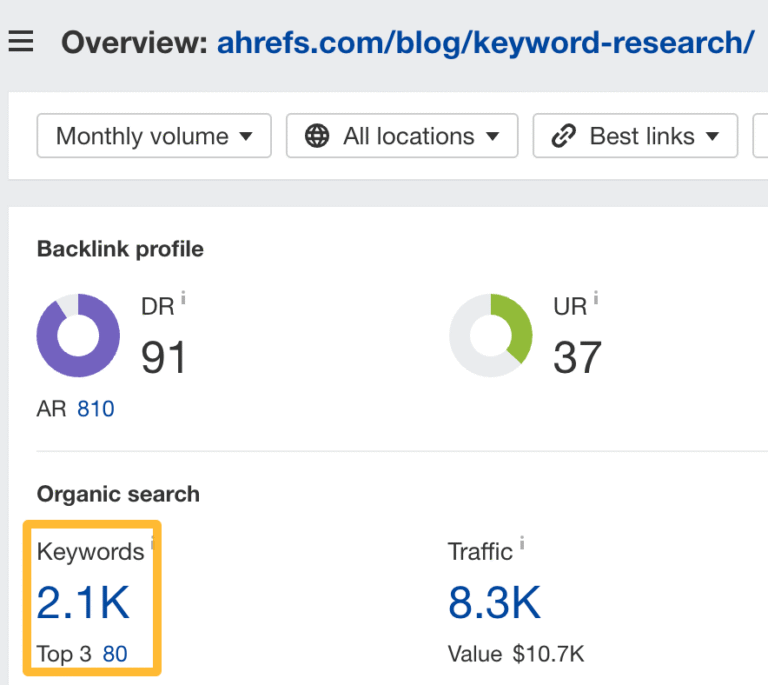
How to Rank for a Keyword (8 Steps)
You have a target keyword. You want to have your website appear in the search results for that keyword. How do you do that? How do you actually rank for a keyword? Follow this guide to find out how. keyword research guide ranks for 2,100 keywords: Most of them are simply variations of the main topic…
New and Updated Tutorials for Drupal 11
TL;DR; We’ve added a new tutorial, Upgrade to Drupal 11. And, we’ve updated all tutorials and code in our Drupal Module Developer Guide for compatibility with Drupal 11. Upgrade to Drupal 11 is new free tutorial in the course, Upgrade Drupal, and part of our Keep Drupal Up-To-Date guide. If your site is on Drupal…

.com vs .ai: What Domain Name Is Best For You?
Are you currently facing the tough decision of choosing between a .com and a .ai domain? Is that why you clicked on this link? It must be, I can’t think of any other reason you’d be here. Well, good news, we’re here to help you make an informed choice and register the best domain for…
